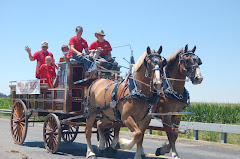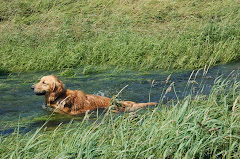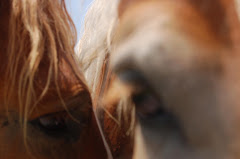I like to remind clients that when a female dog is spayed, this surgery is classified as abdominal surgery. In other words, I must enter the abdomen to remove her reproductive tract. The good news is, when performing abdominal surgery on a dog or cat, we do not have to incise or cut through abdominal muscles as do human surgeons. As this picture shows, we make an incision on the midline of her abdomen through connective tissue. Because of this, abdominal surgery in dogs and cats is less painful and healing is quic ker.
ker.


 ker.
ker. When a female dog or cat is spayed, the ovaries and uterus are removed. This procedure is also called an ovariohysterectomy. Ovario means ovaries. Hyster means uterus. And Ectomy means to remove. This picture below shows both ovaries and the entire uterus being removed in a small, 7 pound female dog.
When suturing (stitching) incisions from this type of surgery, I typically close the incision with two layers. The first layer of sutures is the inside body wall. This layer of sutures is very important because it is the "holding layer"......meaning this layer has the strenghth to hold the abdominal organs in the abdominal cavity. These sutures are buried beneath the skin and are absorbable, meaning they will dissolve on their own. This picture below shows the absorbable sutures in the body wall.
The second layer of sutures is the skin. These sutures are non-absorbable (they are actually a type of nylon) and will need to be removed 10 days post surgery. And while it is very important to close the skin, this layer has very little "holding" ability. These pictures below show the skin being sutured and the completed surgical site.


I typically spay female dogs around 3-4 months of age. Some shelters will spay much younger. Spaying before the first heat cycle is recommended. Spaying or neutering your female dog will prevent the headaches of having a female in estrus (heat), help prevent mammary (breast) cancer, help prevent pyometra (life-threatening uterine infections) and prevent unwanted pregnancies.












I found that very informative as I have had my Bitch spayed this week and I had absolutely no idea what the precedure entailed and now thanks to your description I am better informed.
ReplyDelete